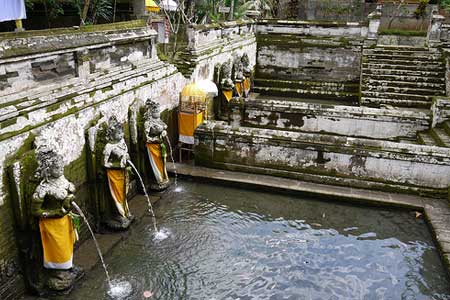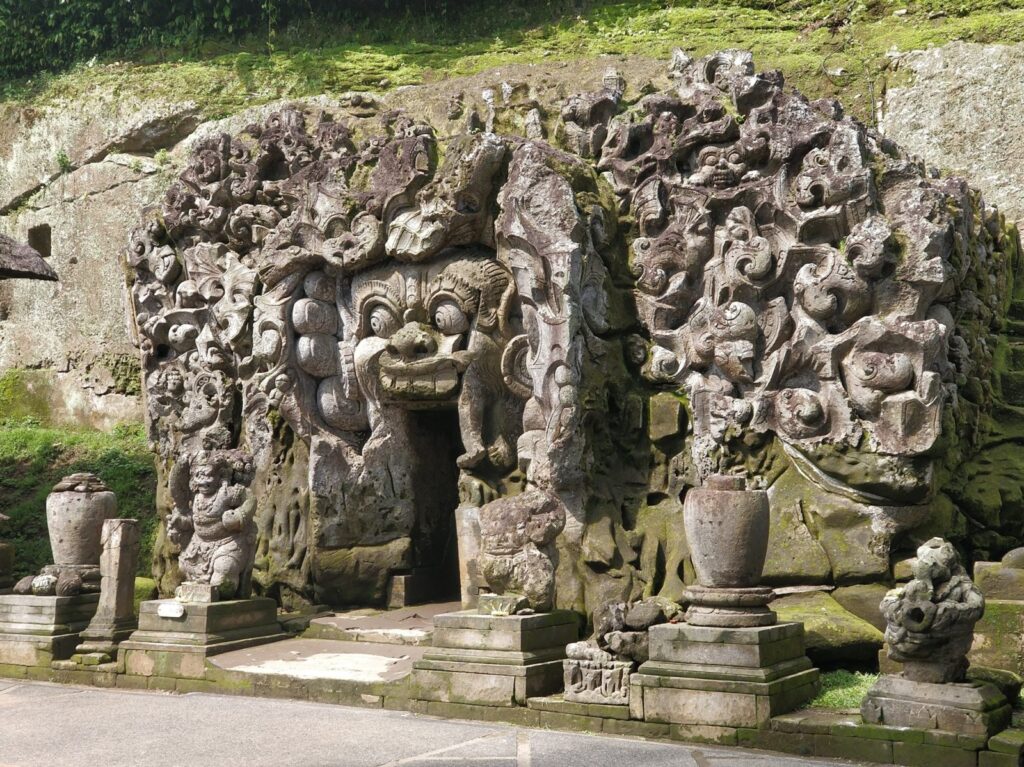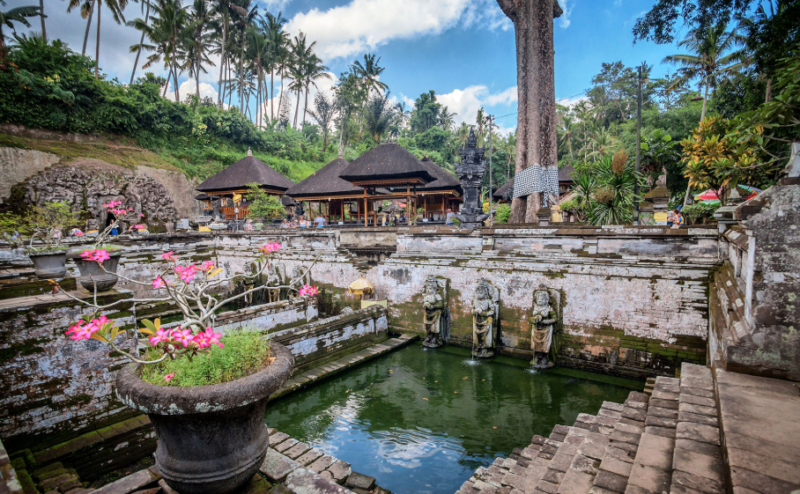Every fun and uniqueness that many tourists seek is available in Bali. As one of the beautiful islands in Indonesia, it is greatly admired by many tourists. Starting from the young to the old, from local tourists to foreign tourists, all of them can feel satisfied when on vacation to Bali.
Therefore, it is not surprising that this one island is always crowded with tourists, especially during the holidays. This island is so beautiful that it has earned the title “Paradise on Earth”. Because there is so much fun that can be enjoyed like in heaven. One of the exciting activities that many tourists do in Bali is visiting various interesting tourist objects such as the Bali Elephant Cave tour.

The Unique Design of Goa Gajah Ubud
Goa Gajah Ubud Temple is indeed one of the oldest rows of temples on the island of Bali. Not only that, Goa Gajah Temple is also worthy of being called one of the temples with the most phenomenal design on the Island of the Gods. Moreover, this temple also has a high historical value in Bali.
Goa Gajah Temple does have a unique shape, and is very much different when compared to other temples on the island of Bali. As the name implies, Goa Gajah Temple has a shape like a cave. Because of its uniqueness, UNESCO has included Goa Gajah as one of the tentative lists of world heritage sites that must be protected.
With its unique architectural form, it is not surprising that Goa Gajah Bali Temple has become a destination that has successfully attracted the attention of many tourists. Visitors can explore the temple complex which consists of two main areas. The first area is located in the north which is the location of the inheritance of Shiva’s teachings. This is evidenced by the existence of statues of Ganesha and Trilingga. This area is also a place of worship for Hindus on the island of Bali.
Bali Goa Gajah Ubud
Meanwhile, the second area located in the south is a place of worship for Buddhists. The area, which is known as Tukad Pangkung, houses a Buddhist stupa in the attitude of Dhyani Buddha Amitabha. This stupa is a three-pronged stupa made with carvings on a stone wall.
In addition, at the front of the temple there are also several statues such as the Hariti statue, the Ganesha statue and the Giant statue. There is also a sacred bathing pool discovered by J.L Krijgman which tourists can now witness firsthand. Inside the holy bathing pool, there are two statues, namely the WIdyadara and Widyadhari statues.

The Historic Value of Goa Gajah Ubud
This cave is known as one of the temples that have a very high historical value on the island of Bali. Goa Gajah Temple was a sacred location for Balinese Hindus and Buddhists during the reign of the Warmadewa Dynasty. The Warmadewa dynasty is known to have controlled the Island of the Gods in the 10th to 11th century AD.
The existence of Goa Gajah Bali Temple is also recorded in several inscriptions. However, there are no inscriptions that clearly refer to this place as Goa Gajah Temple. The Additional Songan Inscription and the Cempaga Inscription named this temple as Er Gajah. Furthermore, the Pandak Badung Inscription calls this place the name Antarakunjarapadda. In addition, there is also the Negarakertagama book in 1365 AD which includes the names of Ba predecessor and Lwa Gajah in Bali as Majapahit’s territory.





